How often do you plan? Do you plan your work, vacations, or social life? Now think, how often, for one good reason or another, have your activities gone astray from the plan? You are not alone.
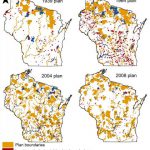
Biodiversity is threatened, and conservation is urgent. The reality of limited resources for conservation requires prioritization among actions, species, and places, and the building of capacity in countries where threats are high.

How often do you plan? Do you plan your work, vacations, or social life? Now think, how often, for one good reason or another, have your activities gone astray from the plan? You are not alone.
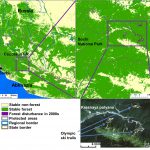
Sacred forests in southwest China’s Yunnan Province are keystone structure for forest birds of conservation concern. Jodi Brandt and Eric Wood set out to better understand what characteristics of the forest promote bird communities.
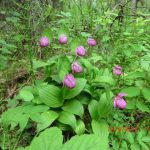
In central Siberia, old growth forests are threatened by illegal logging. Finding these sites by foot is an overwhelming task, and researchers turn to the skies, using satellites, in their conservation efforts.

The Indochinese tiger (Panthera tigris) is one of the most emblematic animal species on Earth but also one of the most endangered wildlife species globally. A current study is using remote sensing techniques to map the distribution and connectivity of tiger habitat in Thailand, one of the last remaining hotspots for the Indochinese tiger.
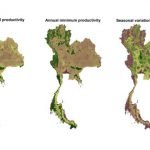
Biodiversity is being lost at an alarming rate, often due to habitat degradation and loss. To help optimize conservation planning and monitoring, Naparat Suttidate has developing and testing an easy method to predict biodiversity in Thailand based on remote sensing data.
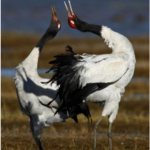
After a period of increase, Black-necked Cranes have been in decline at Napahai wetland since 2000. These patterns appear linked to the growth of the nearby city of Shangri-La.
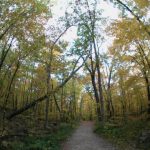
We might be loving our wildlife habitat to death. Research by Max Henschell, a PhD student, has found that recreational enjoyment of protected areas may be impacting birds.
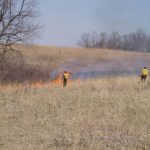
Controlled burning is one of the most effective tools for restoring grasslands and savannas across the Midwest. But there are many more lands needing burning than there are resources available.
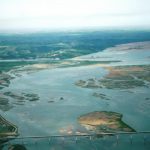
Freshwater ecosystems are essential for humans and biodiversity, yet they threatened by human activities. Sebastian Martinuzzi’s study assessed the consequences of future land use change on freshwater ecosystems in the US.
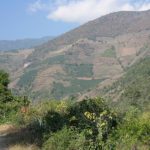
Understanding the factors influencing people’s perceptions of a protected area is a win-win solution for biodiversity conservation and sustainable local people livelihoods.